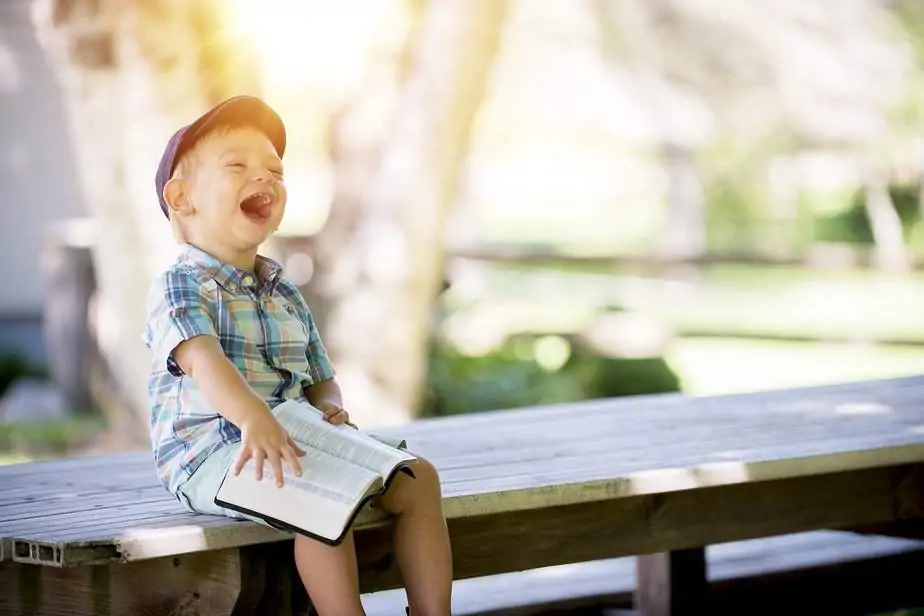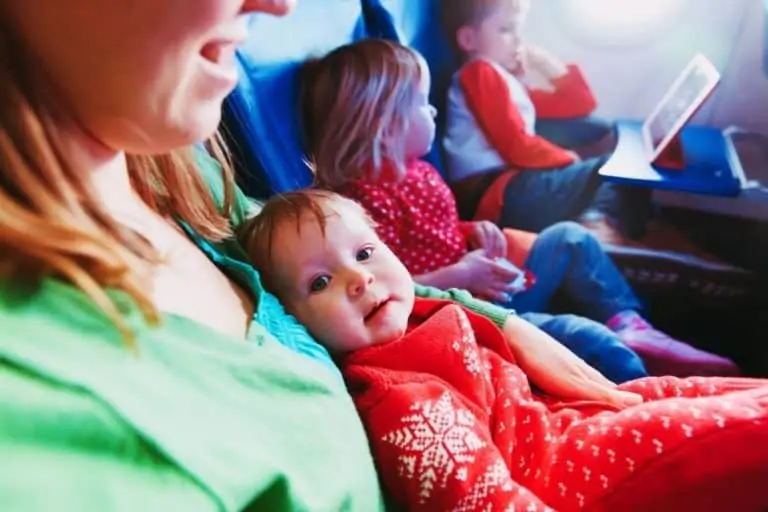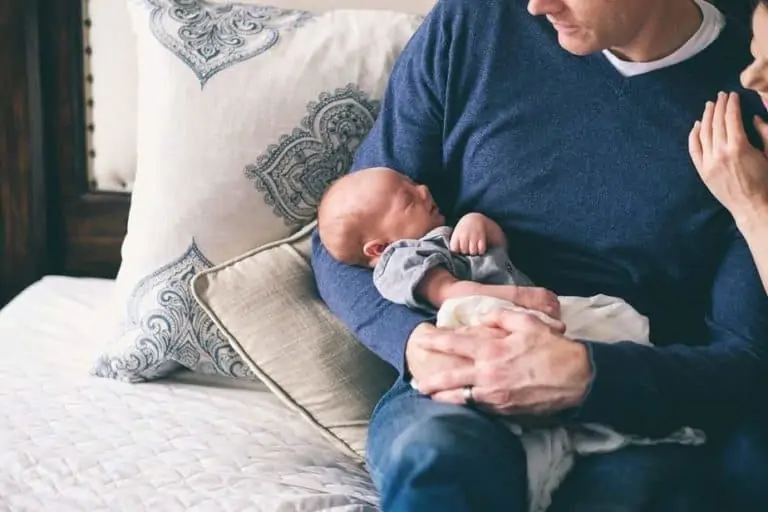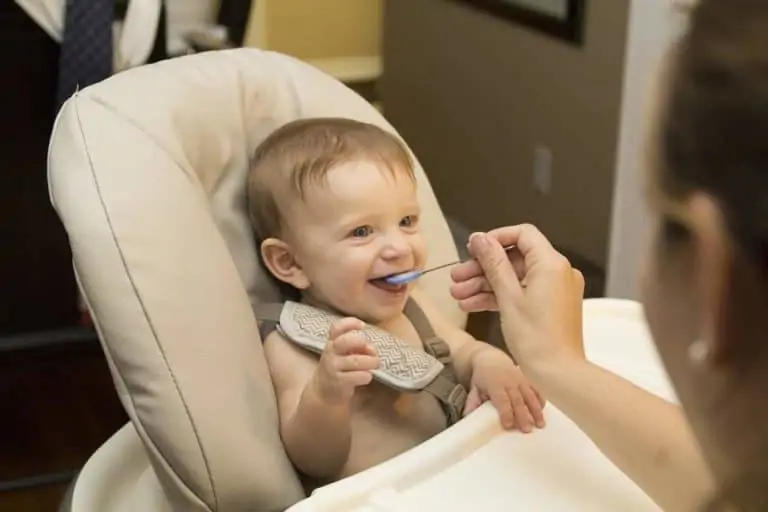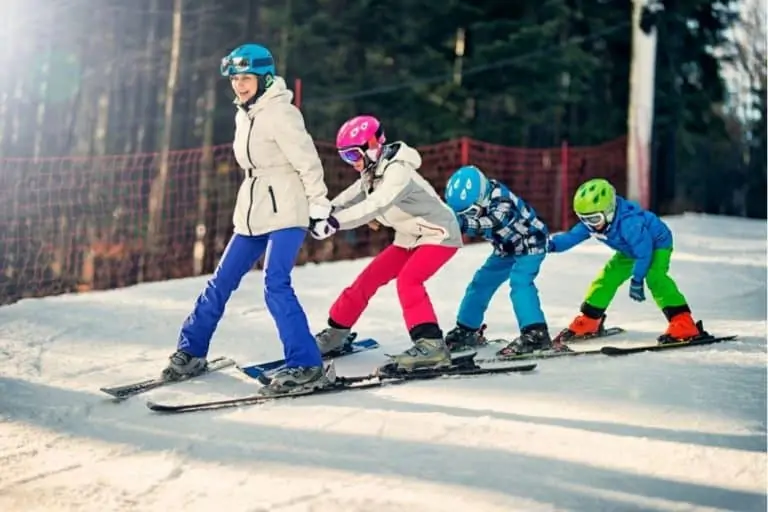Activities for 2 Year Olds
Being a mom is one of the greatest pleasures in life as well as one of the most challenging ones.
Having a 2-year-olds child is a demanding and constant race towards what should be the best choices for them and the daily uncertainty of where to even begin.
You know by now that, at such age, they grasp their attention on your every detail and demand undivided attention and time, therefore, more than ever it’s important to plan great activities that will have a positive impact on their personal development.
Keeping things fresh and stimulating for a 2-year-old isn’t always an easy task, but more often than not, parents tend to put too much emphasis on complex play scenarios and what their children can get out of them.
It’s ideal to keep it simple and safe. Fun tens to work every time but, overall, it’s your presence that your child will look for the most. If you can be present and interact in all these activities with them, you won’t need to think things through much.
By now you should already have a very clear idea of what stimulates your children and makes them happy, but considering it’s not always easy to think of things to do next, it’s ever so important to choose those activities that are the most appropriate for a 2-year-old.
Keeping fresh ideas flowing will be made easier with some of our best ideas, proven to work by the greatest teams of experts: Children.
Painting
Oh, paint. We know what you’re thinking, and we noticed the lifted eyebrow. You’re already picturing the sofa, the walls, the floor, and, perhaps, the ceiling in a new sparkling purple style.
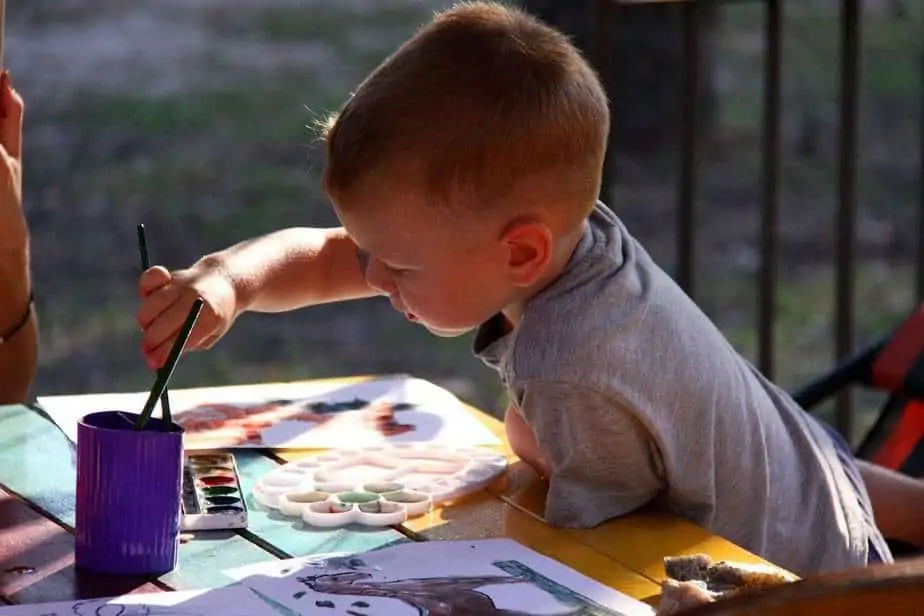
Worry not, as it doesn’t really have to be like that. Small amounts and a large piece of cardboard will make their delight – and yours. Children love to paint, as little as it may be. It’s a great exercise to use their fingers and improve their overall capacity to focus on small tasks.
It may be a great idea to change clothes, as more often than not, some paint will end up on your child. And yourself. Take it as part of the fun experience and one that you can do every so often, ideally, before bath time.
Sit them on your lap and guide their hands through the fun. If unsure about motives, theme subjects such as animals, nature, family and other activities they like are always a winner. While you do it, talk through the process and name the colors you’re using, they will record more detail than you can possibly imagine.
Drawing
Just as fun as painting and equally dangerous to furniture and walls.
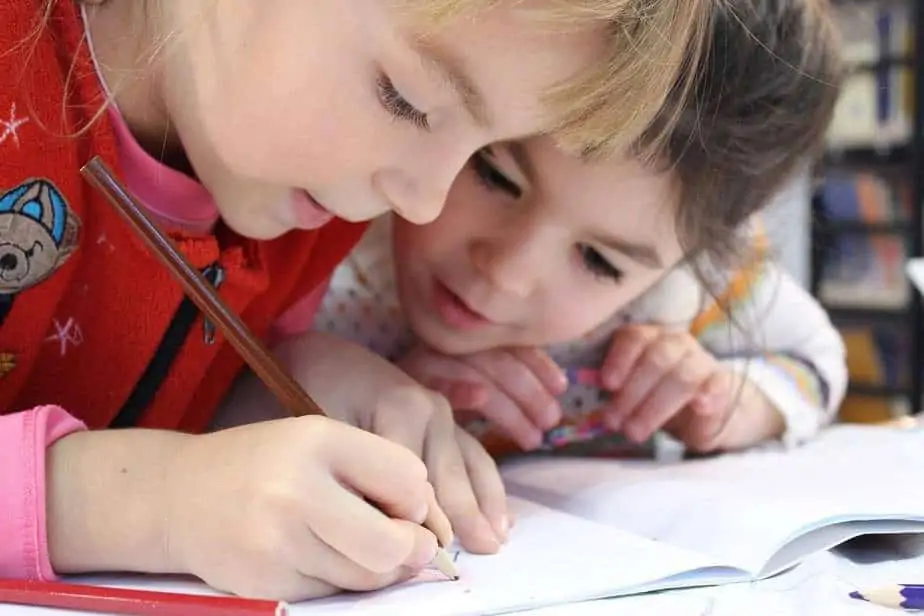
Again, interaction is key. If you sit through with them, odds are that they’ll find the actual drawing as fascinating as your narration of every single thing you’re doing.
The motives can be the same as the previous one, but having a diversity of materials to draw with is what actually makes this fun.
These first attempts will become lifelong lasting memories, kept preciously for years to come.
Musical World
Music is stimulating and simultaneously relaxing for your child.
Whether you play for them, sing, or let them experience a musical instrument if you have any available, all those options are a great and fun way to entertain your little ones.
Try to go through different styles and watch their reaction. Children tend to love music and will soon let you know what they’re more into.
Little pianos, guitars, or drum sets are available for these ages and are always a great gift.

Most importantly, songs for children that have been around for years are always popular and will be easily absorbed.
Go Out & Experience The World
This one is a must, as the World is full of wonderment and amazing new things for little ones.
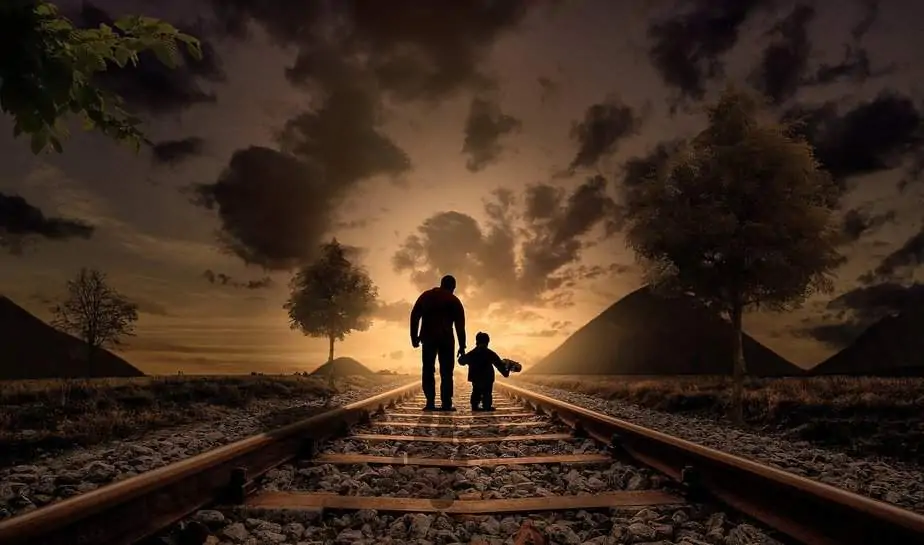
Take them to different settings and point out their characteristics. Talk them through trees, birds, plants, and leaves if you’re at the park.
If at the beach, go through sand, rocks, Ocean, and wildlife.
At age 2, our brains are little sponges that will capture any and every piece of information you feed them, so be consistent about the things you transmit to your child in this important phase.
Books and Colors
We’ll leave Shakespeare for later. But for now, little books are a great way to pass the time. Your little one doesn’t really care much about the elaborated argument. He’ll be happy with animals, colors, fire engines, and airplanes.
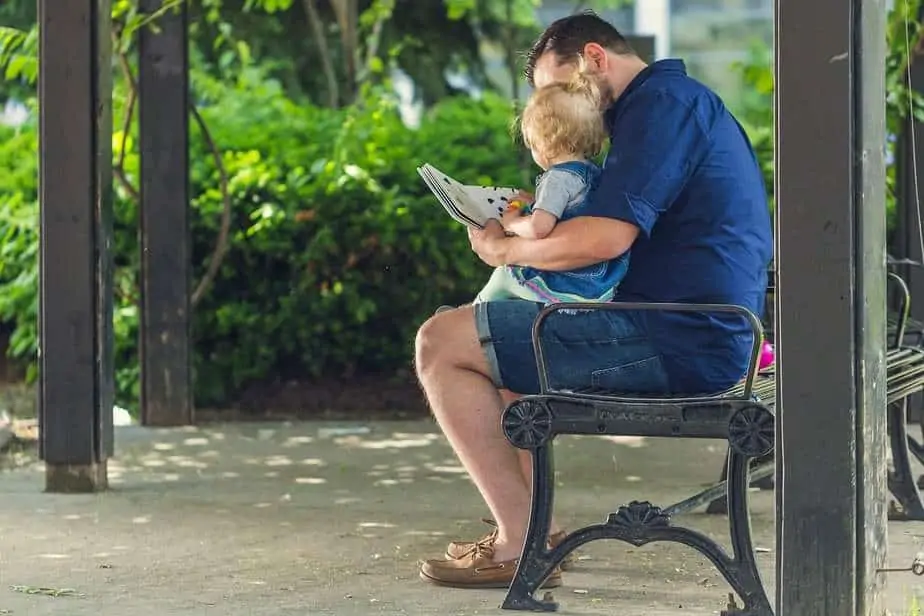
Some of these books are more complete and bring puzzle parts or sounds. Overall and as simple as they may be, they always tend to be a winner in any playtime activity.
Books teach our children about the World, stimulate their senses, and we can use them as tools to understand the world outside.
TV Time
Though the use of the TV in this age isn’t always consensual, the fact is that you can use it to present your child with a reality that isn’t immediately accessible. You can play wildlife documentaries to present them with a huge variety of animals they’re not familiar with.
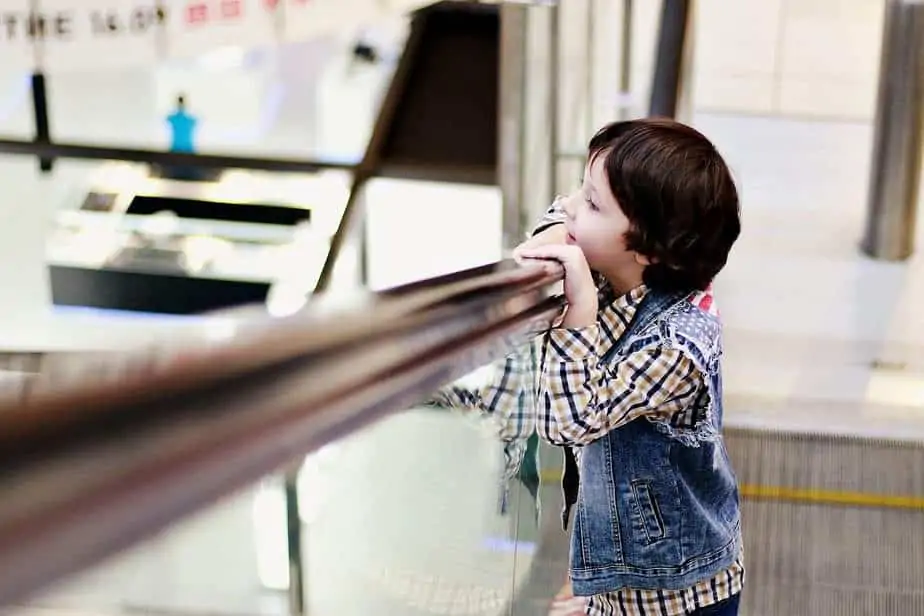
Online you will find an infinity of videos about subjects that will interest them, from music to pets, children-designed content, and others that will stimulate their knowledge and understanding.
As with anything, the use of TV should be supervised by an adult at all times to ensure the content is positive and constructive.
Exercise together
By now you’ve noticed that your child has plenty of energy and will enjoy running and jumping around all the time.
Taking them out is great, but they will love a bit of exercise and burn off some of that excess energy.
Games and play outside don’t need to be too complex and can include a ball and running around, as well as jumping on a safe surface.
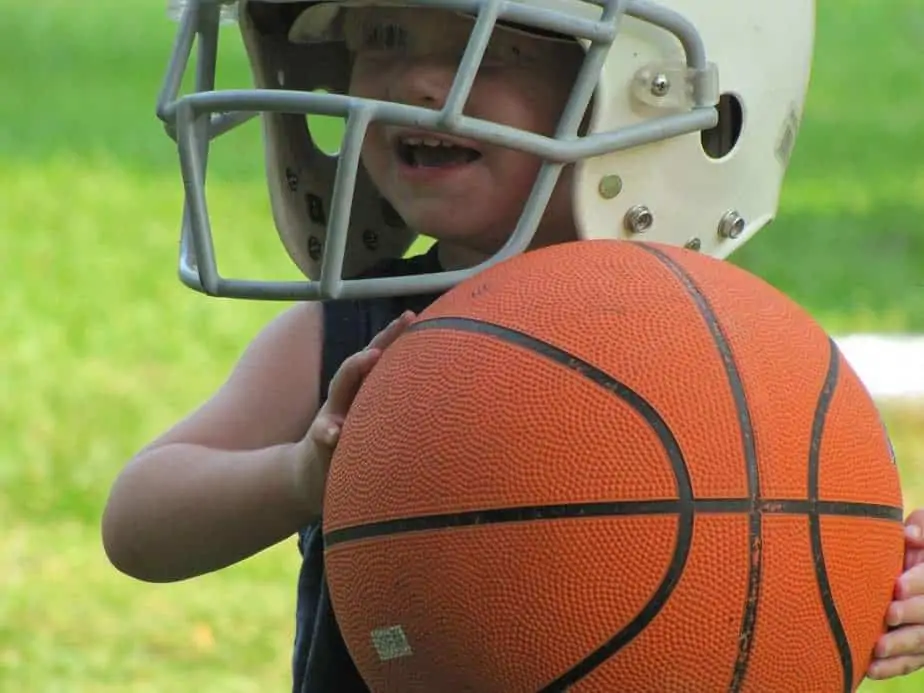
Children’s playgrounds tend to be ideal for this kind of activity, providing a safe place to oversee their playtime.
It’s as recommended for children as for us, parents.
Fun Food
Food is always a huge concern that parents express regarding their children.
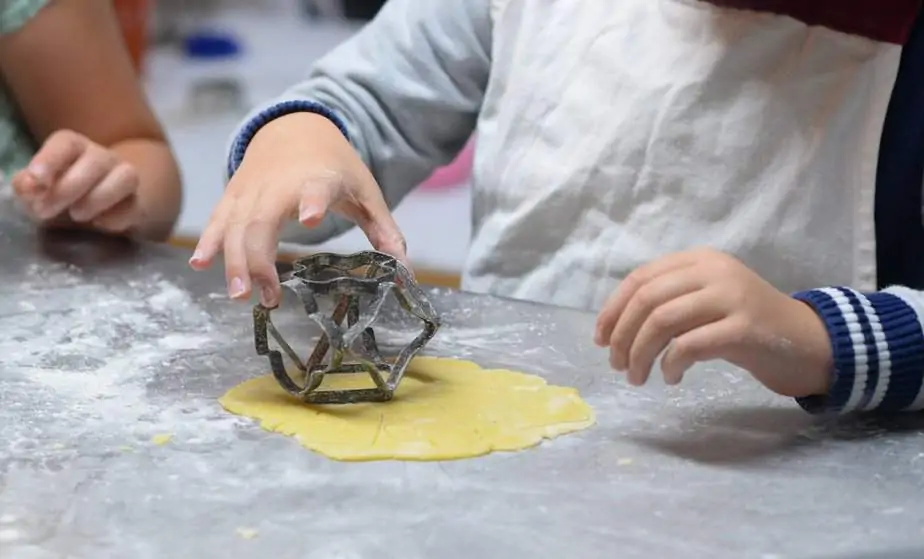
If your child loves something today, it doesn’t mean he’ll be too happy about it tomorrow.
However, if you make it fun, challenging and bring some sense of novelty to every meal, they tend to respond positively.
We’re not advising you to change routines around – it’s a terrible idea to do so – but you can present your child with more color and homemade food that he either doesn’t recognize or that he finds fun to interact with.
Playtime
This is the area where you should spend more time and provide as many alternatives as possible, which is not to say you should run out and buy dozens of different toys. Children this age will be happy having few but meaningful toys that they can play with within different contexts and scenarios.
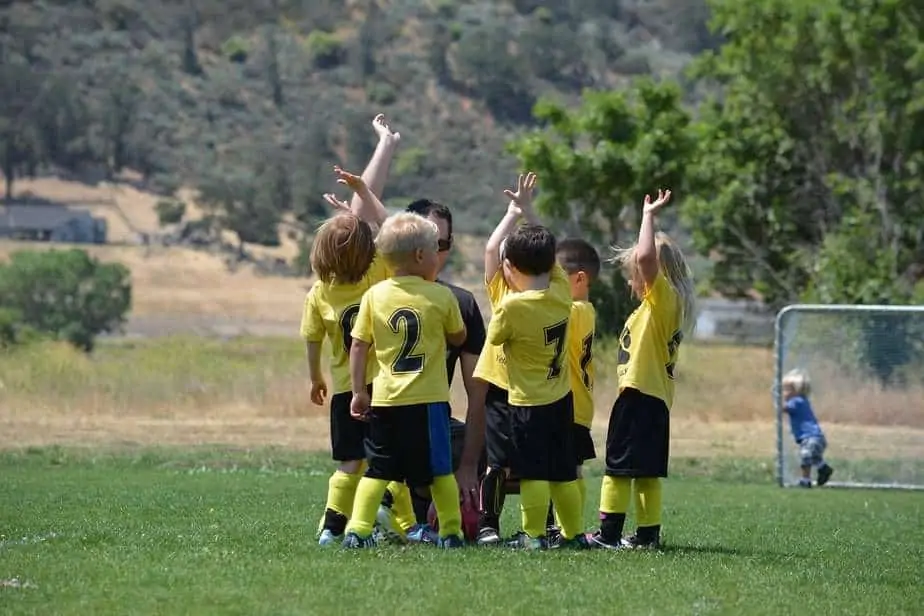
It’s up to you to show them how blocks can create different structures and a diversity of stories to role-play.
Blocks with colors and numbers can already make an appearance as your little one will be able to distinguish color by name and it’s a good time to start introducing numbers for them to have some notion about them.
Stuffed animals and simple puzzles can teach them about positive and negative behavior and will play a key role in their development as an individual.
Overall children this age will find that even everyday adult objects are fascinating to discover and use – and often get lost around the house.
It’s up to parents to let them explore the world in safety, in a way that will still invite them to use their imagination and help them solve simple tasks.
Playtime is of all the activities listed here, the one that you should focus more on and deliver more time and attention.
Playing together with your child will ensure you strengthen the bond that unites you.
With our ideas for fun activities to do with your little one, you’re sure to find great ways to spend your time together.
Remember your 2-year old is at the perfect age to learn about the World, and everything you say or do will be absorbed almost instantly.
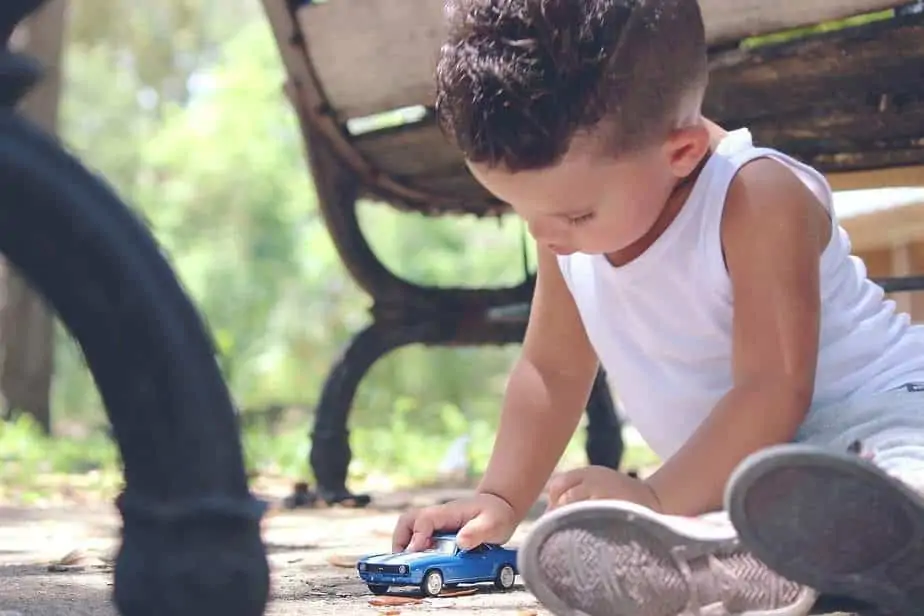
Enjoy this special stage of your life as it will progress quickly, and do remember to keep your child stimulated with novelty and a fun approach to daily tasks. Invite them to interact with objects and nature, whilst calling the thing by their actual names.
Whatever your role as a parent, it should be one of supervision over their safety but mostly one that is there to provide them with support and encouragement.
Your child will enjoy all these fun activities and you can and should mix them up to their taste to create a constant environment that invites interaction and challenge, which translate into progress.
The lessons you teach your child in these early years will be the pillar stone of the individual they are to become.

